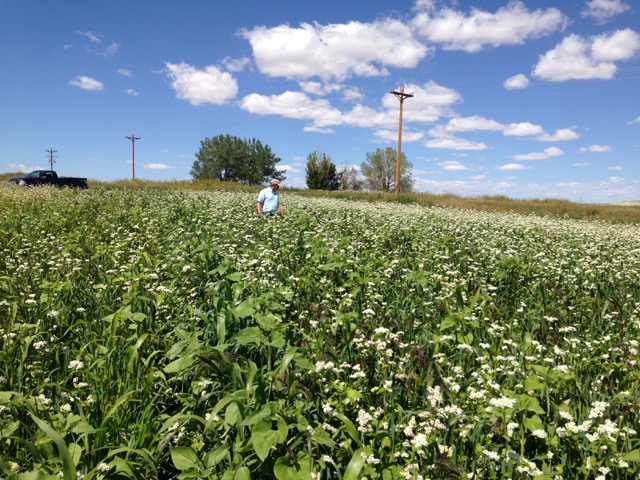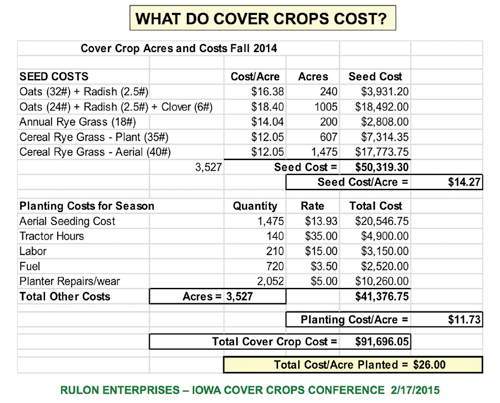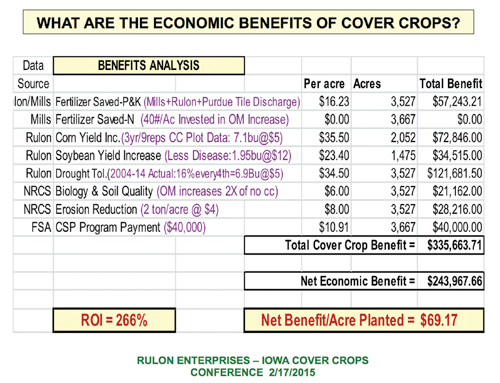 A cover crop field day has been scheduled at two locations in Illinois’ Coe Township, convened by the Rock Island Soil & Water Conservation District.(See below for specifics)
A cover crop field day has been scheduled at two locations in Illinois’ Coe Township, convened by the Rock Island Soil & Water Conservation District.(See below for specifics)
According to an article in the Dispatch-Argus paper in Moline, IL, cover crops continue to prove their value, both in building soil health and improving profits for growers. Here’s a segment of the article (if you want to read the whole thing, click here)
“Cover crops lengthen the growing season of live plant material with many winter annual species like winter wheat, cereal rye and annual ryegrass maintaining live root systems under the soil surface during the winter months providing food for soil microbes to stay active. Currently, idle crop fields become biological deserts in which soil microbes reduce in population with limited food resources. Some covers like cereal rye and annual ryegrass also provide biological weed control in crop fields during the early portion of the growing season. This helps reduce the amount of pesticides that need to be used.”
“Those benefits include reduced soil erosion, enhancement of soil biology through increased microbial activity and the development of higher organic levels, improved water quality from reduced run-off along with the capture of un-used phosphorus and nitrogen making those nutrients available for the next cropping season.”
Location of the field days:
Wed. Nov 5th – DePauw farm, located at 122nd Ave N, in Port Byron, IL.
Thurs. Nov. 6th. – the Anderson Farm located ½ mile east of Sherrard High School or west of the junction of 176th Ave W and 63rd St. W.
For more information and reservations call the Rock Island SWCD office at (309) 764-1486 ext. 3.




 If you want to build soil without investing much in a cover crop, consider annual ryegrass. A quick-growing, non-spreading bunch grass, annual ryegrass is a reliable, versatile performer almost anywhere, assuming adequate moisture and fertility. It does a fine job of holding soil, taking up excess N and outcompeting weeds.
If you want to build soil without investing much in a cover crop, consider annual ryegrass. A quick-growing, non-spreading bunch grass, annual ryegrass is a reliable, versatile performer almost anywhere, assuming adequate moisture and fertility. It does a fine job of holding soil, taking up excess N and outcompeting weeds.


